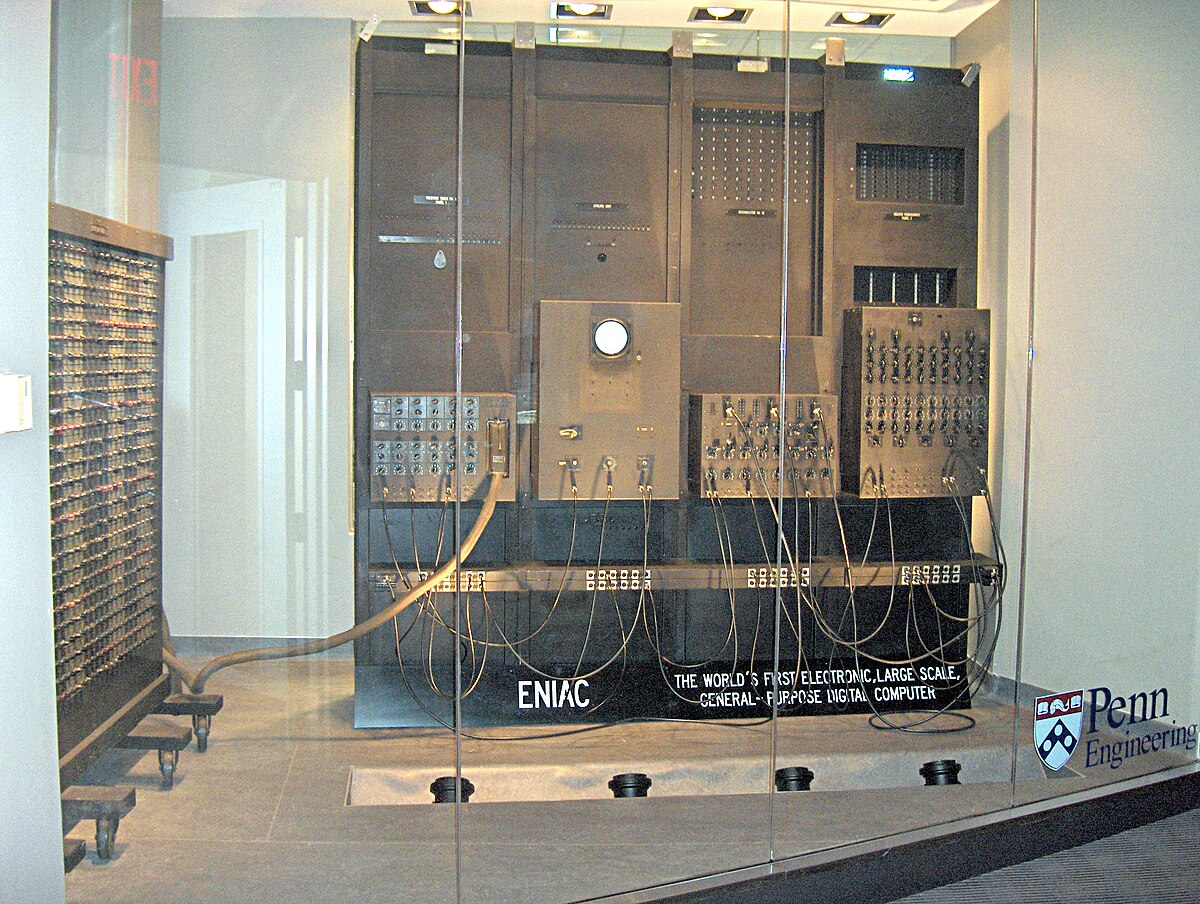Profile
One big revolution often mentioned with the tech of the future is Quantum Computing. Although very few people know anything at all about the technology, it is hailed as a generational computing improvement that would destroy even the most cryptographically secure algorithms of today. However, for all this excitement and buzz in the world of tech, it is worth separating the hype from the reality, and the reality from the hype..
Quantum technology is rising in prominence mainly because of a problem that traditional (henceforth known as classical) computers have started to face. Computing power is able to improve each year because the transistors powering it get smaller and smaller, allowing for more efficient circuits. However, as transistors get smaller and smaller, they begin to approach a physical barrier of size where computing becomes almost impossible as the transistor approaches the size of the atom itself.
Unlike traditional technology, Quantum computing is based on the principals of quantum mechanics to process data in ways that classical computers are not able to. Qubits represent two states (0 and 1) at the same time, enabling quantum computers to perform multiple calculations at once. There exist many other complicated factors such as entanglement and superposition, that give these computers an edge over traditional computing.
This ability to multitask effectively is a huge step up from traditional computing systems. By processing an exponential amount of data in a small timeframe, quantum computers have the potential to speed up computations in many areas, allowing for possibilities that have never been achievable with traditional computing systems.
With quantum computing, almost all of todays most secure cyphers are susceptible to decryption because of the extreme computing power of Quantum computers. In healthcare, quantum computers are able to simulate molecular interactions, which will enable the faster discovery of drugs and help us understand diseases. Furthermore, quantum computing has an incredible potential to help us solve climate change.
That is not to say that quantum computing does not come without its challenges. The fundamental building block of quantum computing, the qubit, is very sensitive to environmental disturbances which can lead to errors in computation. Quantum error correction is a major area of research in the field meant to address these challenges, but the sheer cost of development and cooling of quantum computers make them impractical for the present.
In conclusion, quantum computing has a very promising future that looks poised to disrupt many industries. As governments and companies race to gain the edge in this new technology, there is hope that the problems of today will become the opportunities of tomorrow.

 Humans have long dreamed of creating a machine that could perform any calculation at the speed of electricity. For centuries, people have envisioned computers powered by traditional abaci or even magic. Today, it is fair to say that
Humans have long dreamed of creating a machine that could perform any calculation at the speed of electricity. For centuries, people have envisioned computers powered by traditional abaci or even magic. Today, it is fair to say that